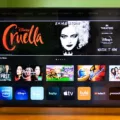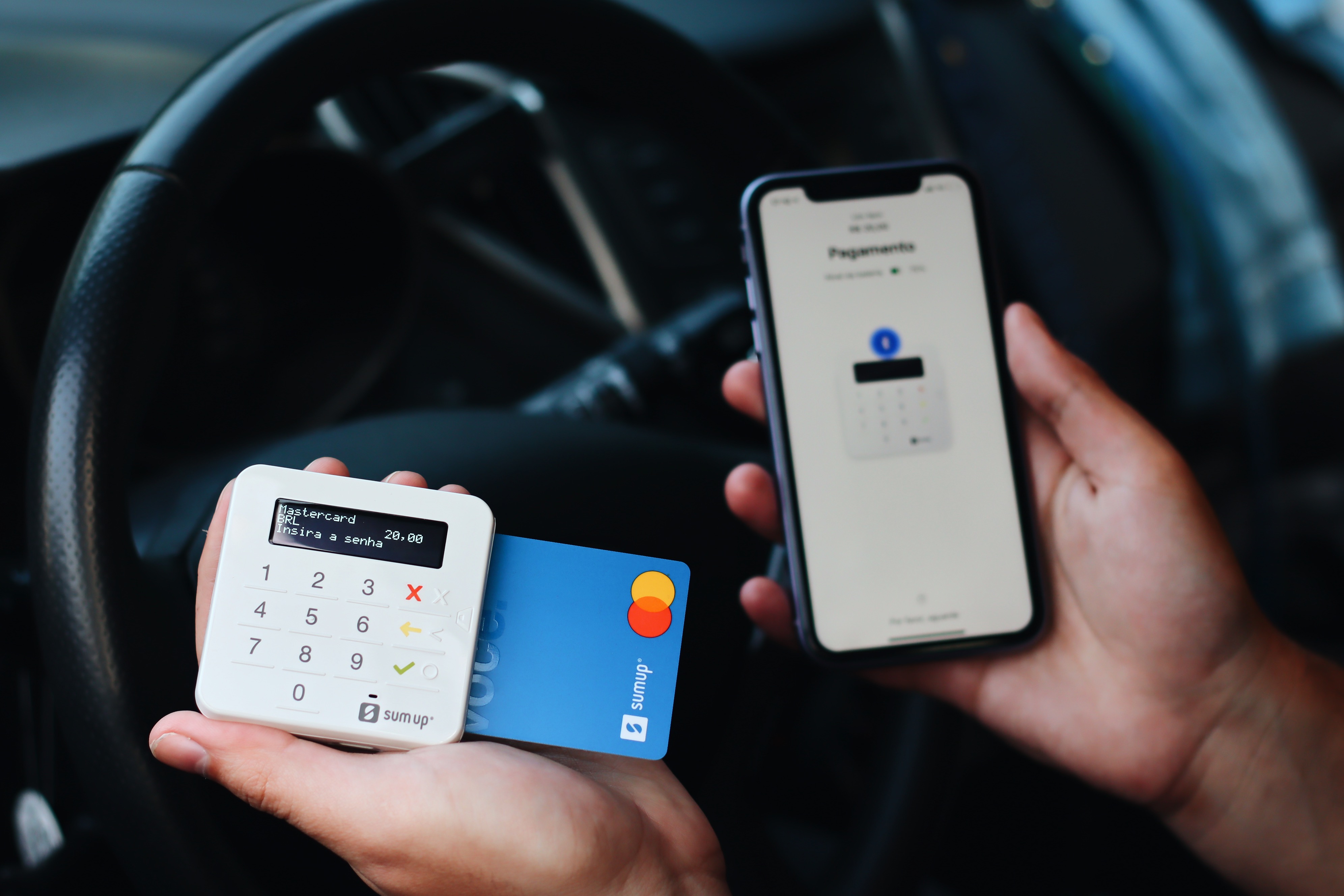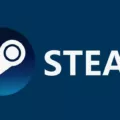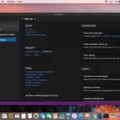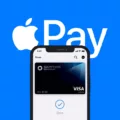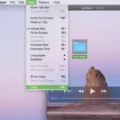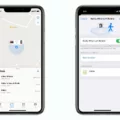Are you looking for an easy way to uninstall VLC from your Mac? VLC is a free and open source cross-platform multimedia player and framework that plays most multimedia files, as well as DVDs, Audio CDs, VCDs, and various streaming protocols. It’s one of the most popular programs for Mac users, but there may come a time when you want to uninstall it.
Fortunately, uninstalling VLC from your Mac is not difficult. Here are the steps you need to follow:
1. Go to the Finder window on your Mac and select Applications in the sidebar on the left.
2. Scroll down until you find the VLC Media Player application.
3. Right-click (or control-click) on it and select Move To Trash from the menu that appears. This will move the application to your Trash folder.
4. Now go back to your Finder window and select Go > Go To Folder… in the menu bar at the top of the window (or press Shift + Command + G).
5. In the resulting dialog box, type “~/Library/Application Support/VLC” wihout quotes into the text field and click Go (or press Return).
6. You will now see a folder called “VLC” in this location; simply move this folder to your Trash folder as well.
7. Finally, empty your Trash by selecting Finder > Empty Trash from the menu bar at the top of your screen (or pressing Command + Shift + Delete).
And that’s all there is to it! You have successfully uninstalled VLC from your Mac computer! If you ever decide you want to give VLC another try, simply re-download it from its website – vlc-media-player – or any other legitimate source and follow the installation instructions prvided there.
Completely Removing VLC
To completely remove VLC from your computer, you will need to follow a few simple steps. First, go to the installation folder of VLC media player. Most of the times it is located in C:\Programs files or C:\Program files(x86). Once you have located the installation folder, double click on the uninstall.exe or uninst000.exe file to start the uninstallation process. It will then ask you to confirm if you want to uninstall VLC, so click “Yes” to continue with the uninstallation. The process may take a few minutes depending on how many files and settings are associated with VLC on your computer. Once it has finished, you sould be able to confirm that VLC has been completely removed from your machine.
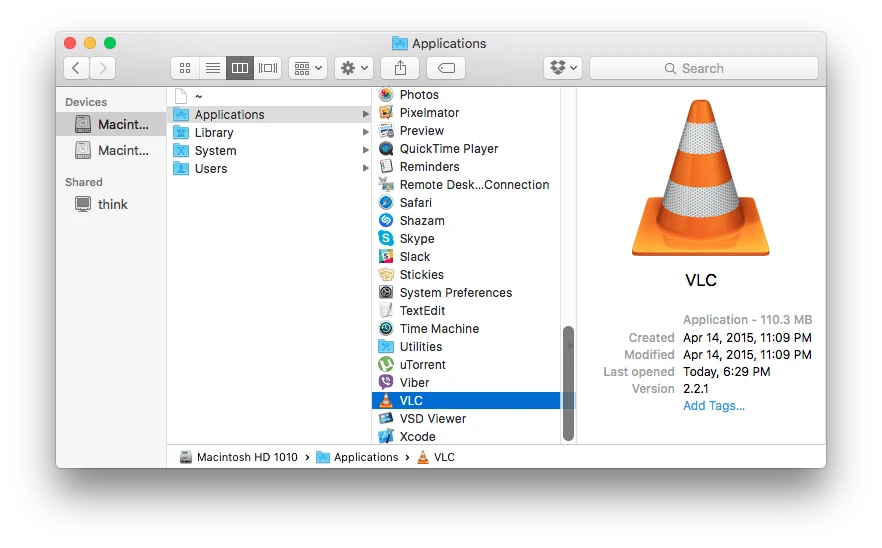
Troubleshooting VLC Not Working on Mac
If your VLC media player is not working properly on your Mac, here are some potential solutions you can try:
1. Update VLC Media Player: Make sure your version of VLC is the latest one available. This can be done by going to the VLC website and downloading the latest version.
2. Convert MP4 codec: If you’re trying to play an MP4 file that isn’t compatible with VLC, try converting it to a codec supported by VLC (such as H.264). There are programs avilable online that can help you with this task.
3. Disable hardware video decoding option: Open up the Preferences menu in VLC (under the Tools tab) and uncheck the box labeled “Hardware-accelerated decoding”. This will disable hardware video decoding in order to improve performance in some cases.
4. Reset VLC preferences: If all else fails, you can try resetting the preferences of your version of VLC by goig to File > Preferences > Reset All Preferences and then relaunching the program afterwards.
5. Run antivirus program and re-download file: Lastly, make sure there isn’t a virus or other malicious code causing problems by running a full antivirus scan on your computer and re-downloading the MP4 file if necessary.
Installing VLC on Mac
To install VLC on Mac, start by downloading the Mac OS X package from the VLC MacOS X download page. Once downloaded, double-click on the package icon and an icon will apear on your Desktop. Open it and drag the VLC application from the resulting window to your desired destination (typically /Applications).
Once placed in your desired destination, you can begin using VLC. If prompted with a message asking if you are sure you want to open it, click Open to allow VLC to make changes. When prompted with a security warning, click Open once again.
From here you will be able to open and use VLC as normal. Enjoy!
Is VLC Safe for Mac Computers?
No, VLC is not harmful for Mac computers. In fact, it’s a great media player that’s kown for its reliability, performance and security. VLC is an open-source multimedia player created by the VideoLAN project, and it has been consistently tested to meet the highest standards of security and privacy. It also offers a wide range of features such as support for multiple audio and video formats, streaming capabilities, customizable user interface and more. With VLC, you can be sure that your Mac is safe from any malicious software or virus.
Forcing Uninstallation of Unwilling Programs
If an application or program won’t uninstall, the first step is to try uing the built-in uninstall feature of the program. If that doesn’t work, you can force an uninstall by using Windows Task Manager. To access Task Manager, press down the CTRL + SHIFT + ESC keys together. Once you have opened Task Manager, select the Program or App that you want to uninstall from the list under processes. Now try running the uninstall on the Program/App again. If this still does not work, you may need to use a specialized third-party tool to forcibly remove it from your system.
The Benefits of Using the VLC App on Mac
VLC is a free and open-source media player app for Mac OS X. It is an all-in-one media player that plays most multimedia files, including DVDs, Audio CDs, VCDs and vrious streaming protocols. It also supports a variety of formats such as MPEG-2, MPEG-4, H.264, MP3, AAC and more. With its cross-platform compatibility, you can use VLC on virtually any device or operating system.
VLC comes with a wide range of features which make it an ideal choice for any Mac user. It has advanced playback controls such as the ability to manipulate playlists in real time and an intuitive interface that makes it easy to control your media library. You can also take advantage of its streaming capabilities to watch online videos or listen to internet radio stations. Additionally, VLC includes powerful tools for post-processing video and audio files – such as converting them into different formats or applying special effects – without having to rely on third party applications.
Availability of VLC in Apple Store
Yes, VLC media player is available in the App Store for iPhone, iPad, and Apple TV. VLC is an open-source media player that provides users with access to video, audio, and streaming content acros a wide range of formats. The app has been optimized specifically for Apple devices and supports playback of all the popular file types including MP4, AVI, MOV, WMV and more. It also includes advanced features such as AirPlay mirroring and network streaming. With VLC in the App Store, you can easily access your favorite media content on your Apple device anytime!
Problems with VLC
VLC is a powerful multimedia player that is capable of playing a wide range of video formats, but it does not support all of them. If you try to play an unsupported video format on VLC, it could result in a black screen or an error message. If you are havig issues with your VLC media player, make sure the file format of your video is supported by the program. You can find out which formats are supported by visiting VLC’s official features webpage.
Comparing VLC and QuickTime on Mac
It realy depends on the user’s needs and preferences. QuickTime Player is a great choice for Mac users since it is bundled with Mac OS X and has basic media playback capabilities. On the other hand, VLC Media Player is a more powerful media player with many additional features such as support for a wide range of video and audio formats, advanced codecs, streaming protocols, and subtitle support. Additionally, VLC also supports playback of DVDs, CDs and Blu-ray discs, as well as network streams. So if you’re looking for a more feature-rich media player, then VLC might be worth considering.
Comparing VLC Player to Other Media Players for Mac
Yes, QuickTime Player is a great alternative to VLC for Mac users. It is the default movie player of Mac and can support a wide range of media formats, including videos, music, images, and more. QuickTime Player also offers advanced editing tools that alow users to trim clips, adjust sound levels and apply effects. Additionally, it has an intuitive user interface with customizable hotkeys for easy navigation and playback controls. QuickTime Player also supports AirPlay streaming so you can watch your favorite movies or TV shows on your Apple TV or AirPlay-enabled device.
Conclusion
In conclusion, VLC is an incredibly versatile and powerful media player for both Mac and Windows systems. It has a wide range of features, including the ability to play almost any type of media file, stream content from the internet, adjust audio and video settings, and even customize its interface. Additionally, it is completely free and open-source, making it a great choice for anyone looking for a reliable media player.

